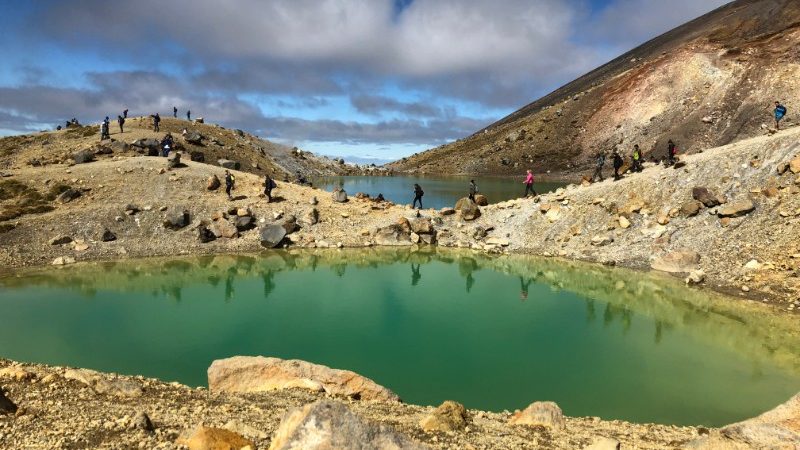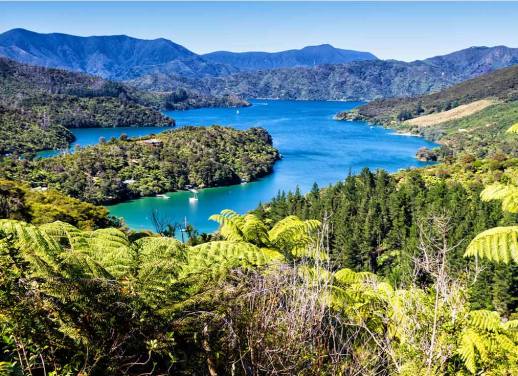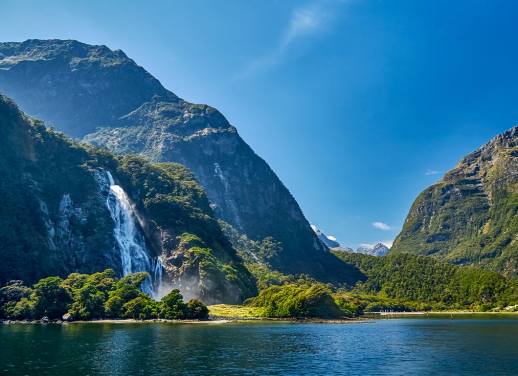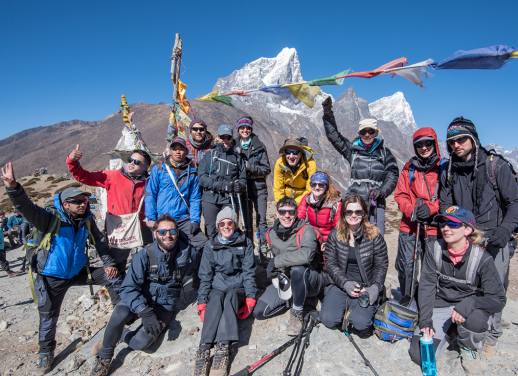When it comes to single-day hikes in New Zealand, it doesn’t get much better than the Tongariro Alpine Crossing.
It’s one of the most iconic day hikes in the world, thanks to its lava flows, steam vents and eye-popping crater lakes. The Lord of the Rings factor hasn’t hurt its status either; a pop-cultural bonus is the walk across J.R.R. Tolkien’s famed Mt Doom, or Mt Ngauruhoe as it’s known in the real world.
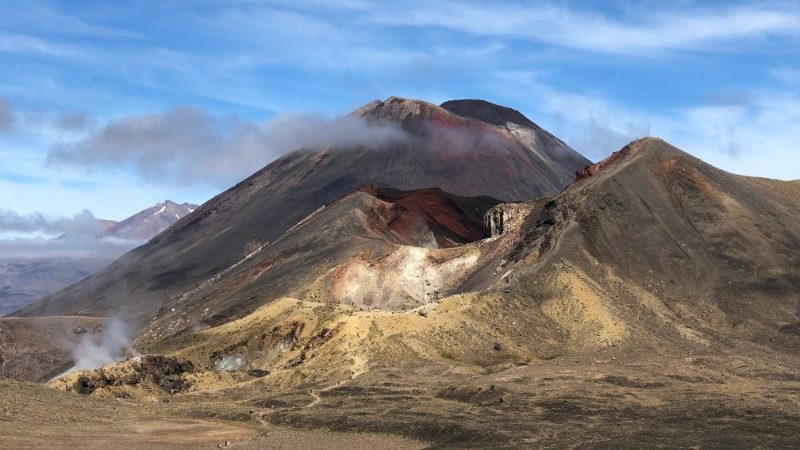
Image by Simone Halley
At 20 kilometres long, the Tongariro Alpine Crossing is pretty strenuous. It’s no Everest Base Camp, but it’s not exactly a walk in the park either. So, to get the most out of this trek you’ll need to be well prepared. Here’s how to nail it.
Pack right
Bring plenty of water – at least 1.5 litres. Keeping in mind there’s nowhere to refill your bottle along the way, so you’ll need to have enough to last the whole day. Packing some sandwiches and trail mix is a great idea, as well as some high-GI snacks like jelly snakes or a chocolate bar in case you need a carbohydrate boost near the end. If you leave on time, ideally by 8am, you should be able to complete this hike by 4pm. But bring a first-aid kit, headtorch and mobile phone just in case things don’t go to plan. Note that there are toilets about every one to two hours along the way.
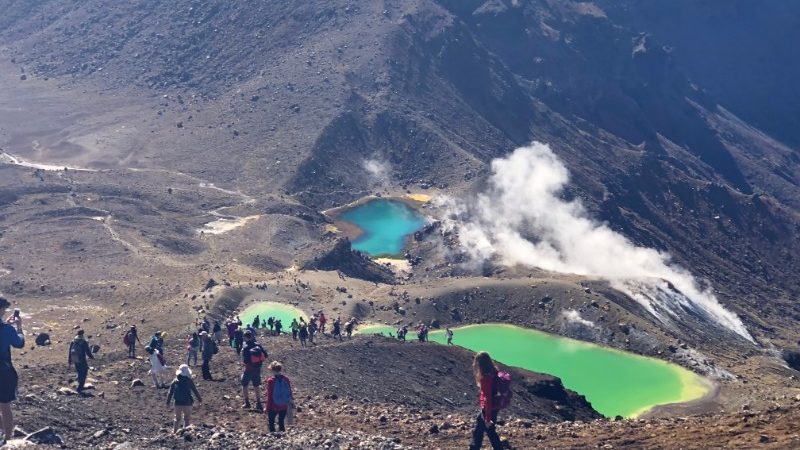
Image by Georgia Uebergang
Think about the elements
It’s important to heed local weather warnings and advice before hiking the Tongariro Alpine Crossing – it can be quite dangerous if the conditions aren’t right and visibility is poor. Alpine conditions in New Zealand can change rapidly – you don’t actually know what the weather’s going to do. So be prepared for all elements. Since you’ll be out there all day, you’ll need ample sun protection – long sleeves, sunscreen, sunglasses and a hat. A breathable, waterproof jacket is essential, and rain pants just save the day (even if it’s only drizzling, 20 kilometres of drizzle adds up). Dress in layers if you can.
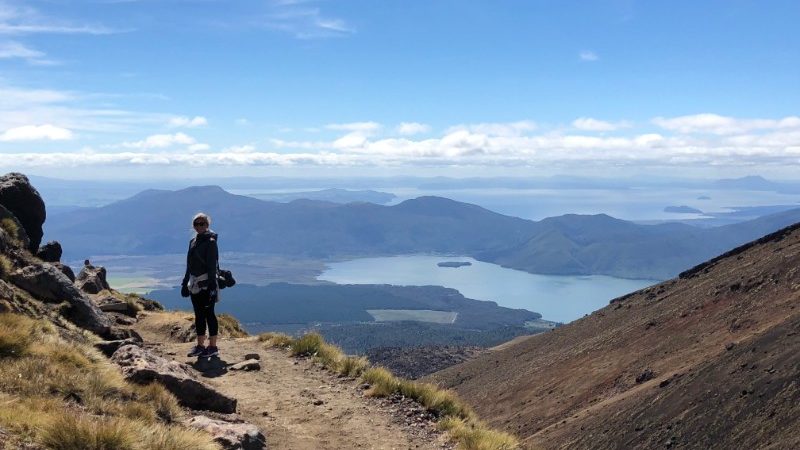
Image by Simone Halley
Check volcanic activity
You’ll be walking right across Ruapehu, Tongariro and Ngauruhoe – all of which are active volcanoes – so keep an eye on volcanic activity reports in the lead-up to your hike. That said, Mt Ngauruhoe hasn’t blown since 1977, despite the fearsome reputation it may have gained by way of cult fantasy literature. As for Tongariro, it last erupted in 2012, but not without warning, and everyone was able to clear the area. Mt Ruapehu has had a small number of warnings around it in recent years, but no eruptions since 2007. If you know the risk and check local reports before heading out there, you’ll be in good stead.
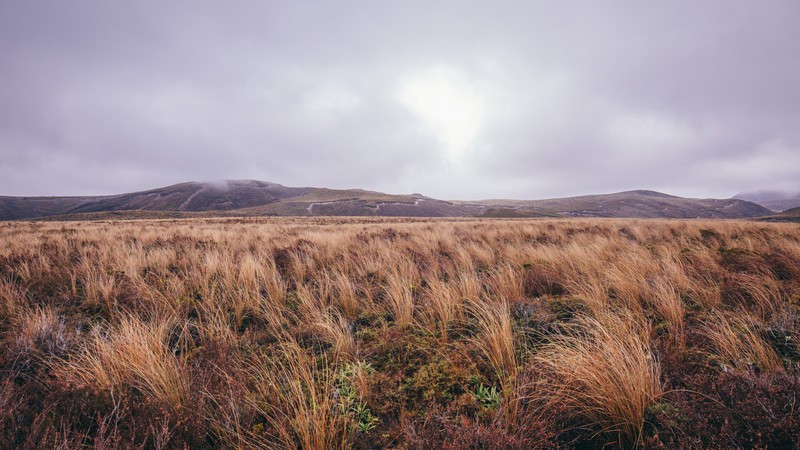
Image by Damien Raggatt.
Wear good shoes and tread safely
The terrain is generally not overly technical, but it may be tricky here and there, depending on the weather. Sturdy and comfortable walking shoes are a must. The trail starts in a wide, open valley before moving into more volcanic terrain which becomes steeper; it eventually flattens out into a plateau and passes a few lakes before a long twisting descent through woodlands. The volcanic pools found along the way are stunning, but they’re also highly acidic. So, take care to not fall in when you’re snapping a photo with your friends. There are numerous sheer drops along the way, so step with care.
JOIN INTREPID ON A SMALL-GROUP ADVENTURE IN NEW ZEALAND’S NORTH AND SOUTH ISLANDS
Enjoy it
This is New Zealand’s most popular day-hike for a reason. Tongariro National Park is UNESCO World Heritage listed, not just for its natural beauty but its diverse ecosystems and great importance to the Maori people. If you’re well prepared, you’ll be able to enjoy these stunning landscapes to the full. If you’ve got some energy left in the tank, make sure you hike up to the volcano once you reach the top of the main trail – there’s an optional path leading there, and it’s well worth the extra effort.
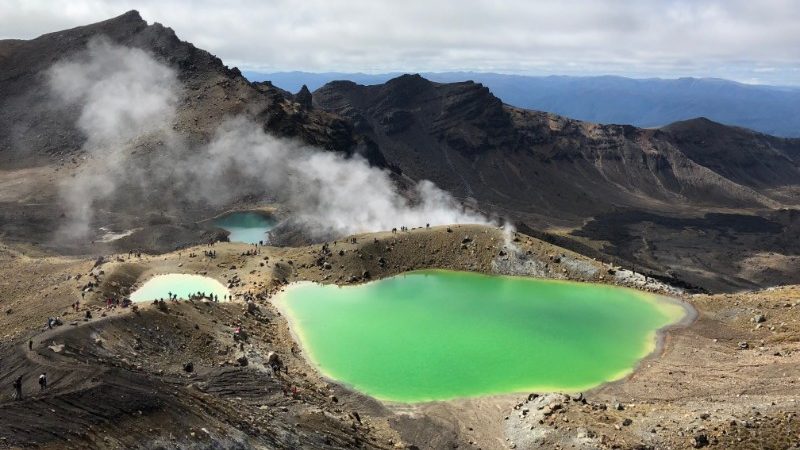
Image by Simone Halley
Stay longer and explore
In 80,000 hectares of pristine wilderness there’s naturally more than just one trail to discover. Whakapapa Village is a jump-off point to loads of great walking tracks. So, if you’ve got extra time – or if you’re just not up for the 20-kilometre Tongariro crossing – consider hiking to Taranaki Falls. It’s an easy two hour ( six kilometre) loop circuit, with the waterfall coming into view at about the halfway point. The stream is 20 metres high and tumbles powerfully down an old lava flow, and you can get nice and close to it. For more walks of similar length, the Whakapapa Visitor Centre in the village (open from 8am daily) has all the info you need.
SUBSCRIBE TO INTREPID’S NEWSLETTER FOR TRAVEL TIPS, COMPETITIONS, GIVEAWAYS & MORE
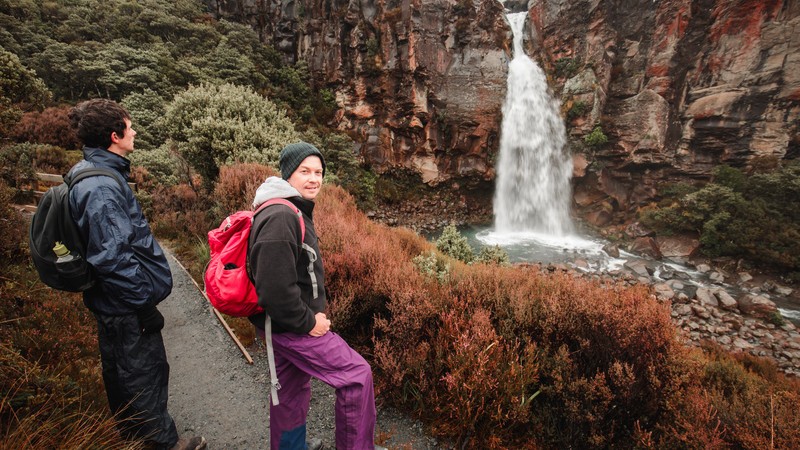
Taranaki Falls. Image by Damien Raggatt
Note: if the weather is deemed unsuitable for hiking the Tongariro Alpine Crossing, it’s important to take this advice seriously. Safety is a genuine issue when conditions are unfavourable here, and this could apply at any time of year. Doing the hike in winter (June–September) means snow, ice and all-round tough (possibly dangerous) conditions. We’re talking ice-axe and crampons. You’ll need a local guide for this.
Ready for some outdoor adventure in New Zealand? Browse Intrepid’s range of small-group New Zealand tours here.

